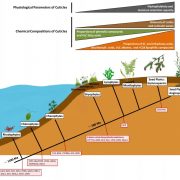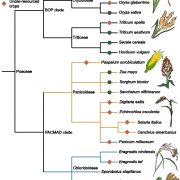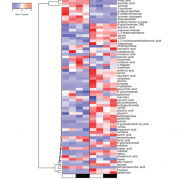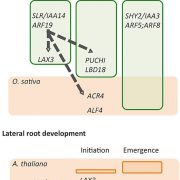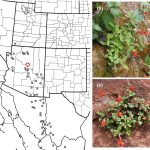Hydraulic failure as a primary driver of xylem network evolution in early vascular plants (Science)
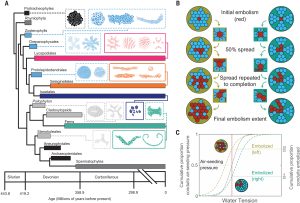 The earliest terrestrial plants had relatively small, simple forms. The evolution of water-conducting cells provided opportunities for increased size. However, water movement by tension (driven by evaporation) can fail when the water column breaks and is blocked by an air bubble called an embolism. Looking across the course of plant evolution, there has been a trend towards increased branching and complexity of the xylem network, but until now it hasn’t been clear what has driven this increasing complexity. Here, by examining the structure of the xylem networks in extant and extinct plants and modeling how embolisms would spread within them, Bouda et al. demonstrate that increasing complexity lowers sensitivity to hydraulic failure and increases drought tolerance. The authors conclude, “Innovations to vascular organization, in tandem with anatomical adaptations, likely played an important role in the Devonian radiation and the subsequent expansion of terrestrial ecosystems, facilitating the colonization of drier habitats and the development of taller and increasingly branched growth forms.” (Summary by Mary Williams @PlantTeaching) Science 10.1126/science.add2910
The earliest terrestrial plants had relatively small, simple forms. The evolution of water-conducting cells provided opportunities for increased size. However, water movement by tension (driven by evaporation) can fail when the water column breaks and is blocked by an air bubble called an embolism. Looking across the course of plant evolution, there has been a trend towards increased branching and complexity of the xylem network, but until now it hasn’t been clear what has driven this increasing complexity. Here, by examining the structure of the xylem networks in extant and extinct plants and modeling how embolisms would spread within them, Bouda et al. demonstrate that increasing complexity lowers sensitivity to hydraulic failure and increases drought tolerance. The authors conclude, “Innovations to vascular organization, in tandem with anatomical adaptations, likely played an important role in the Devonian radiation and the subsequent expansion of terrestrial ecosystems, facilitating the colonization of drier habitats and the development of taller and increasingly branched growth forms.” (Summary by Mary Williams @PlantTeaching) Science 10.1126/science.add2910


